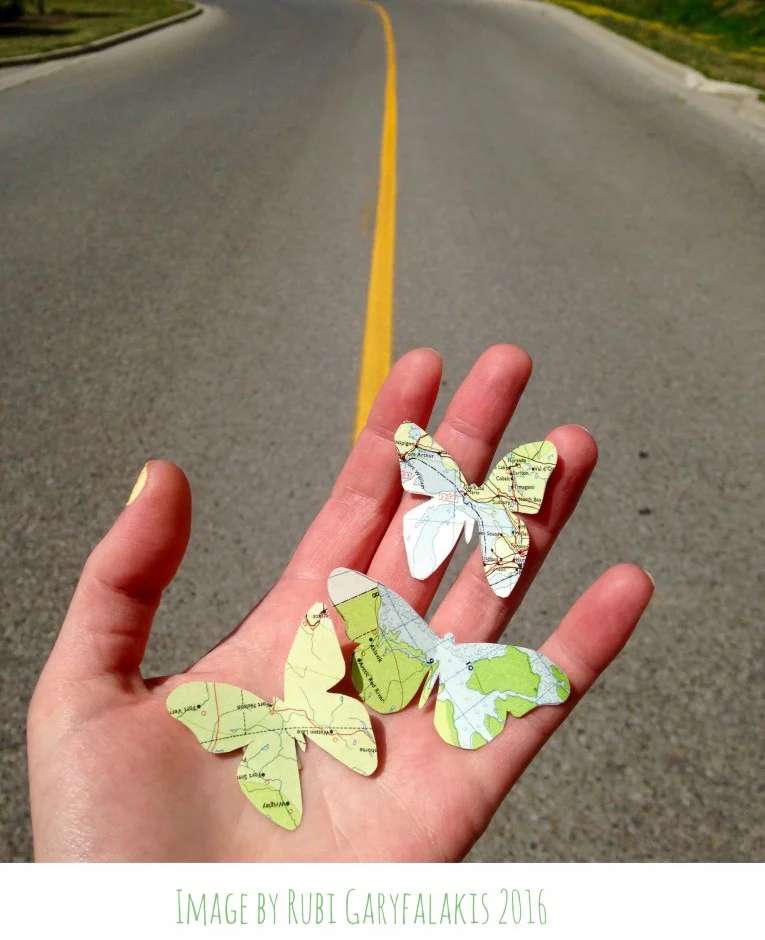If you’re reading this post, chances are that you are new to the world of art therapy. Whether you’re looking into it for yourself, a child or family member, a friend, or for someone you work with, the idea of starting therapy can sometimes seem overwhelming.
Unfortunately there is still a stigma around mental health and talking about therapy can be a bit taboo in our culture. We hope to contribute towards breaking down the stigma by opening up the conversation and demystifying some of the processes behind art therapy.
The key to any kind of therapy is the therapeutic relationship. Shifts in thinking, behaviour, and perception occur in the context of relationship when there is a genuine connection and clients are able to see themselves reflected back in a different light. In art therapy, the art materials, the creative process and the artwork provide additional tools for this process of connection and reflection.
When beginning art therapy, the therapeutic relationship is a new relationship for both the client and the therapist. The exact nature of the therapeutic relationship is unique in each case, but there are some commonalities to how the therapeutic relationship unfolds, and these commonalities can provide a basic roadmap for the course of art therapy so that clients, therapists, and supporters know what to expect.
Although the specifics are determined on an individual basis, generally the course of art therapy involves three different stages.
- Getting to know each other. The first stage of art therapy is focused on building trust and rapport in the therapeutic relationship. Usually the first few art therapy sessions involve fun art making projects and activities. This is the stage where the client determines whether art therapy and the specific therapist feel like a good fit. It’s also the stage where therapeutic goals are set through collaboration between the client, the therapist, and sometimes caregivers or support staff. If we think of the art therapy process as a road trip, this stage is about getting to know your travel companions, checking out the car, gathering road trip supplies and snacks, and planning the route on the map.
- Diving deeper. Once safety and trust have been established, they provides a firm foundation for the second stage where the therapist and the client can journey together into whatever it is that has brought the client to art therapy. This is when the therapist and client work on specific goals, and these sessions may be a little bit more emotionally intense. We might imagine this stage as a drive through the mountains – there are some twists and turns, some ups and downs, and some breathtaking views.
- Reviewing, reflecting, and saying goodbye. As progress is made with goals or as the number of sessions comes to an end, the third stage of therapy involves summarizing themes, making connections, and working towards saying goodbye. During this stage, there is an element of celebration for the hard work completed by the client, but there may also be some complex feelings connected to ending therapy. We might imagine this stage as the final stretch of the road trip – we look forward to what lies ahead at the destination, but we may also feel a bit sad that the road trip is coming to an end. We share photos and memories with our travel companions, and take these with us as we part ways for our next adventure. Sometimes goodbye is just goodbye for now. The door always remains open to returning to art therapy if the need arises in the future.
This basic structure remains consistent regardless of the age of the client or the reason for seeking art therapy services. Having a basic framework or a roadmap provides a sense of safety for everyone, because it helps keep the therapy process on track and helps everyone to know what to expect.
Art as Therapy’s website includes lots of great information about art therapy and how it works, please check it out for more details. Contact us via email (admin@artastherapy.ca) or phone (1-519-307-9000) to take the next step in your journey with art therapy!
Written by Rubi Garyfalakis, Art Therapist at Art as Therapy

